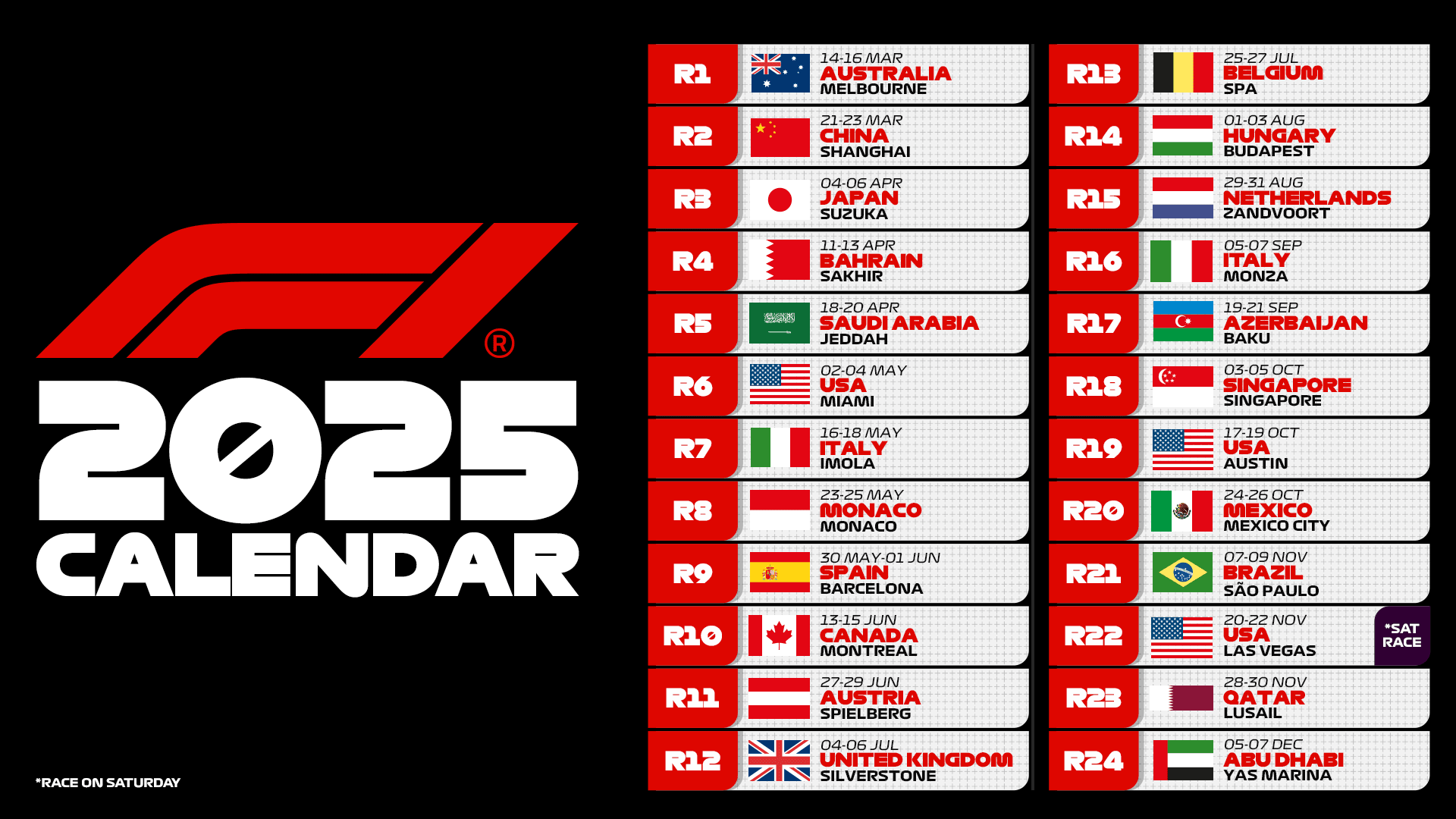United States Grand Prix, the nineteenth round of the 2024 Formula 1. The Circus returns for the second time this season to America, this time at the Circuit of the Americas in Austin. The track, which became part of the calendar in 2012, is a fundamental milestone in the process of popularizing the top category of motorsport among American fans. This was quite a challenge, given that in the past decade, the sport did not attract much interest and the infamous farce of Indianapolis 2005 had significantly diminished F1’s popularity among fans across the ocean.
Its geographical location has encouraged a large presence of many fans from Latin America or directly from South America. It should be noted that the American circuit, from a geometrical standpoint, is among the most beautiful designed by German architect Hermann Tilke. This is due to the significant elevation changes and segments that are quite similar to the iconic sectors of other circuits, such as the challenging “snake” in T1. However, both F1 and MotoGP have always suffered from the bumps of the pavement.
The reason is quite simple and, as we can imagine, relates to the unstable nature of the ground on which the track was built. This problem is partly linked to the geology of the area, characterized by clayey prairie soil that expands and contracts. The unevenness of the asphalt is not only an issue for the drivability of the cars. The irregularities of the pavement, due to the presence of many “potholes,” represent a veto and a constraint for the teams, especially since the reintroduction of “wing cars.”
These unevenness cause friction that damages the bottom of the car, particularly the plank located at the center of the floor. Max Verstappen, after his victorious race last season, provided his perspective very clearly: “In an F1 car, you probably don’t notice it much because, obviously, we are glued to the ground due to downforce, but the bumps and jumps we have in certain places are definitely too significant. I don’t think it meets the standard of an F1 circuit.”
There is much talk about safety, yet races are held on tracks that do not offer the high standards appropriate for the top tier of motorsport. In the last edition, many drivers suffered the consequences of the pavement undulations. Following checks conducted by FIA delegates after the event, Lewis Hamilton’s Mercedes and Charles Leclerc’s Ferrari were disqualified for excessive wear on the floor. It’s worth remembering that before these measures, only once in F1 history had a driver been disqualified for wear on the plank, Michael Schumacher at Spa in 1994.
F1, US GP 2024: organizers take measures, but the Sprint Race remains an unknown
The organizers of the United States Grand Prix have never spared any expense in trying to mitigate this significant problem. Partial resurfacing of the track was carried out in 2020 and 2021, while the entire circuit was repaved in 2022. This year, the track has been resurfaced again, and deterrents for exceeding “track limits” have been introduced, such as synthetic gravel near turn 11. The event chairman, Bobby Epstein, explained that the work done on the American track aims to eliminate the bumps.
This is intended to improve the state of the track, especially in the segments where no invasive repaving has ever been done since the course was built 12 years ago. “I know Max [Verstappen] had a rather negative review of it last year. So I hope we will hear something positive. I’m sure we will hear: ‘With this work, it’s like having a completely new track… It’s fantastic,’” Epstein added. Another crucial aspect to consider is the sprint format that will take place over the weekend.
Show your support for Scuderia Ferrari with official merchandise collection! Click here to enter the F1 online Store and shop securely! And also get your F1 tickets for every race with VIP hospitality and unparalleled insider access. Click here for the best offers to support Charles and Lewis from the track!
This scenario offers little room for engineers to find a reasonable compromise, considering only the FP1 sessions, at least in view of the Shootout qualifying and the Sprint Race. Essentially, there won’t be much time to conduct actual long runs with high fuel loads, a condition in which the cars, due to the added weight, could significantly struggle with the track’s bumps. The disqualifications handed down to Lewis Hamilton and Charles Leclerc serve as a warning for all teams: overly aggressive setups in terms of ride height could be very treacherous.













.png)

Leave a Reply